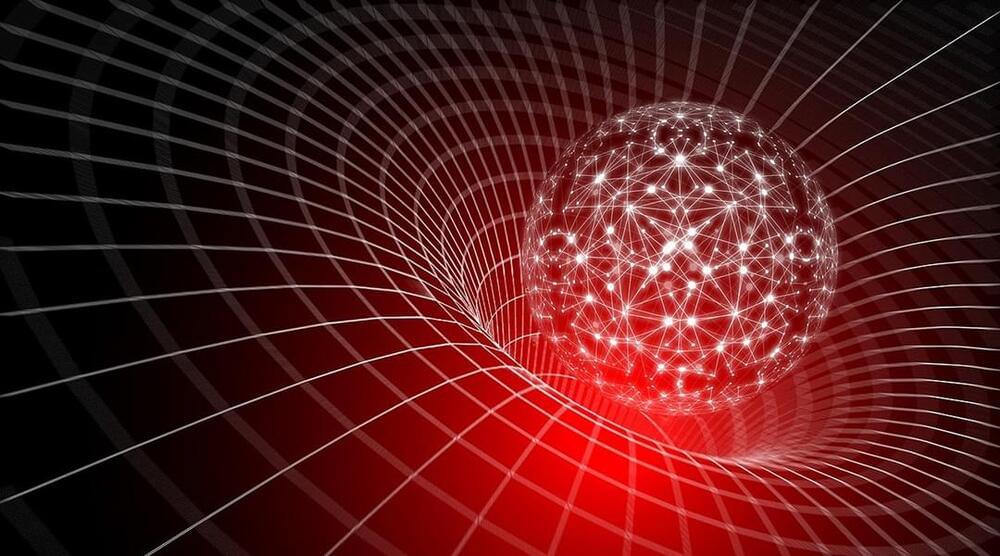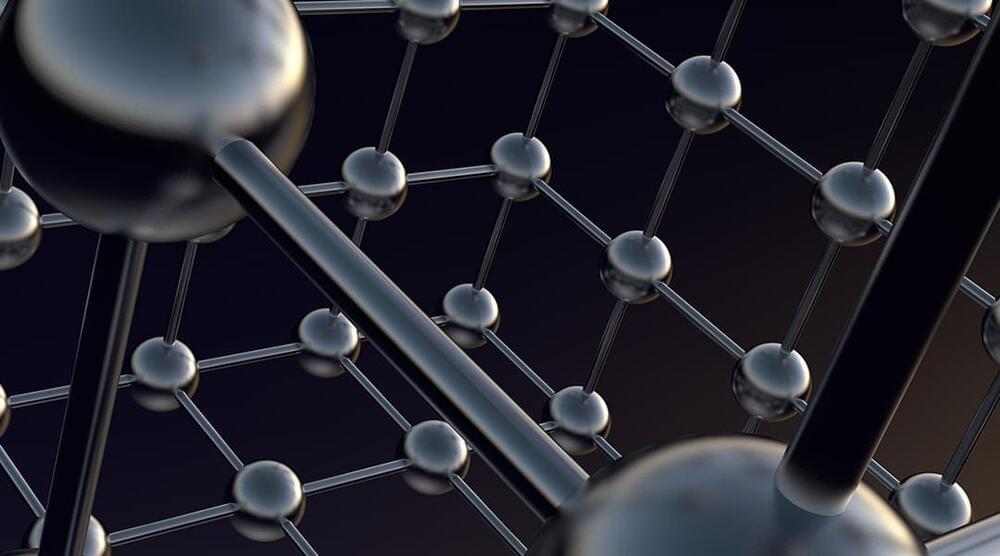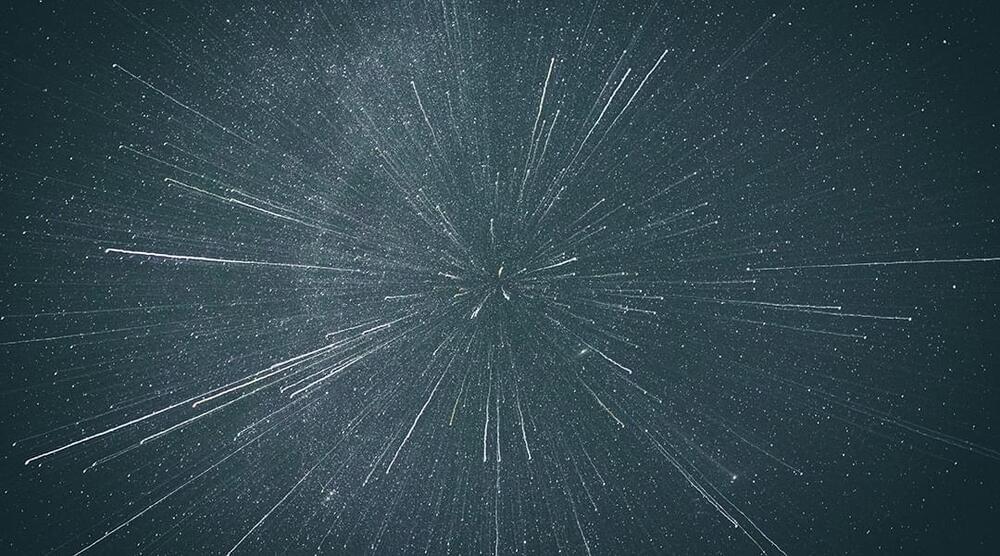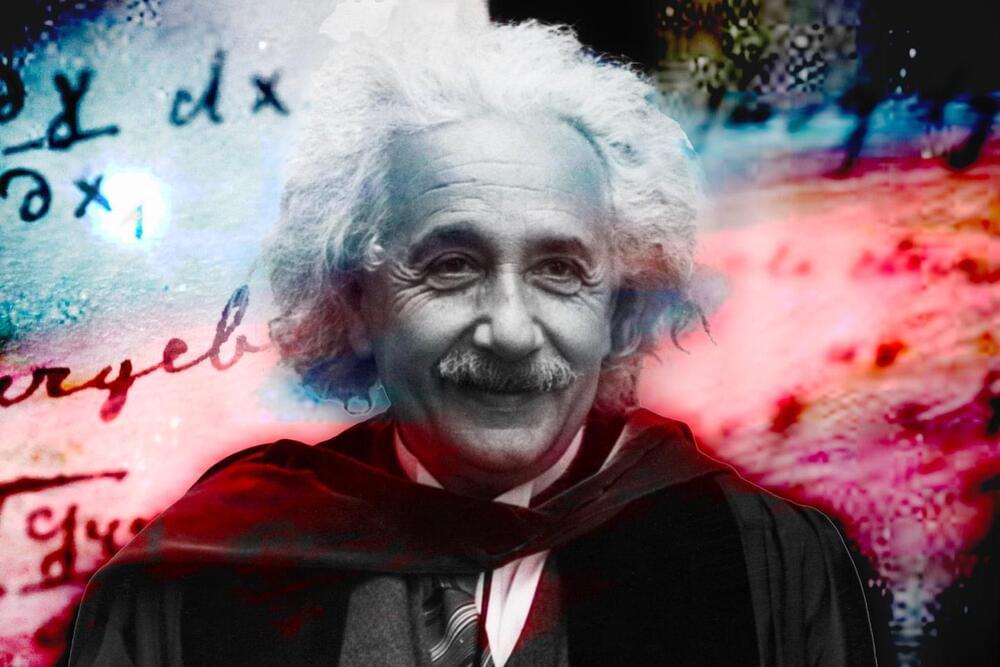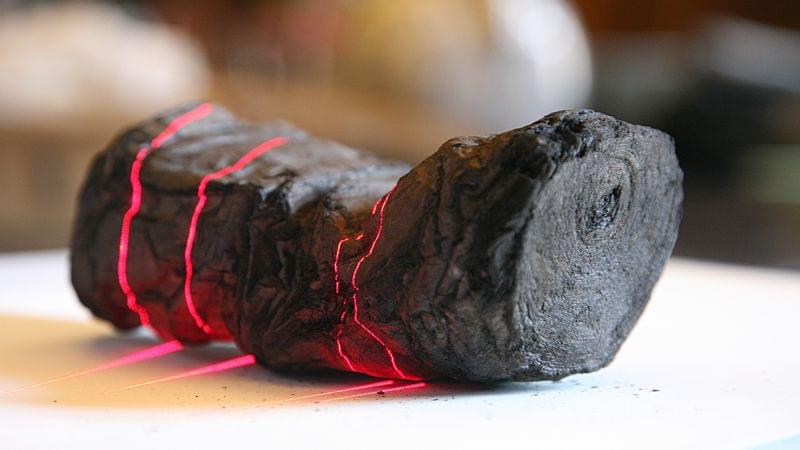Oct 4, 2024
Evidence of ‘Negative Time’ Found in Quantum Physics Experiment
Posted by Dan Breeden in categories: particle physics, quantum physics
Physicists showed that photons can seem to exit a material before entering it, revealing observational evidence of negative time.
By Manon Bischoff & Jeanna Bryner
Quantum physicists are familiar with wonky, seemingly nonsensical phenomena: atoms and molecules sometimes act as particles, sometimes as waves; particles can be connected to one another by a “spooky action at a distance,” even over great distances; and quantum objects can detach themselves from their properties like the Cheshire Cat from Alice’s Adventures in Wonderland detaches itself from its grin. Now researchers led by Daniela Angulo of the University of Toronto have revealed another oddball quantum outcome: photons, wave-particles of light, can spend a negative amount of time zipping through a cloud of chilled atoms. In other words, photons can seem to exit a material before entering it.

